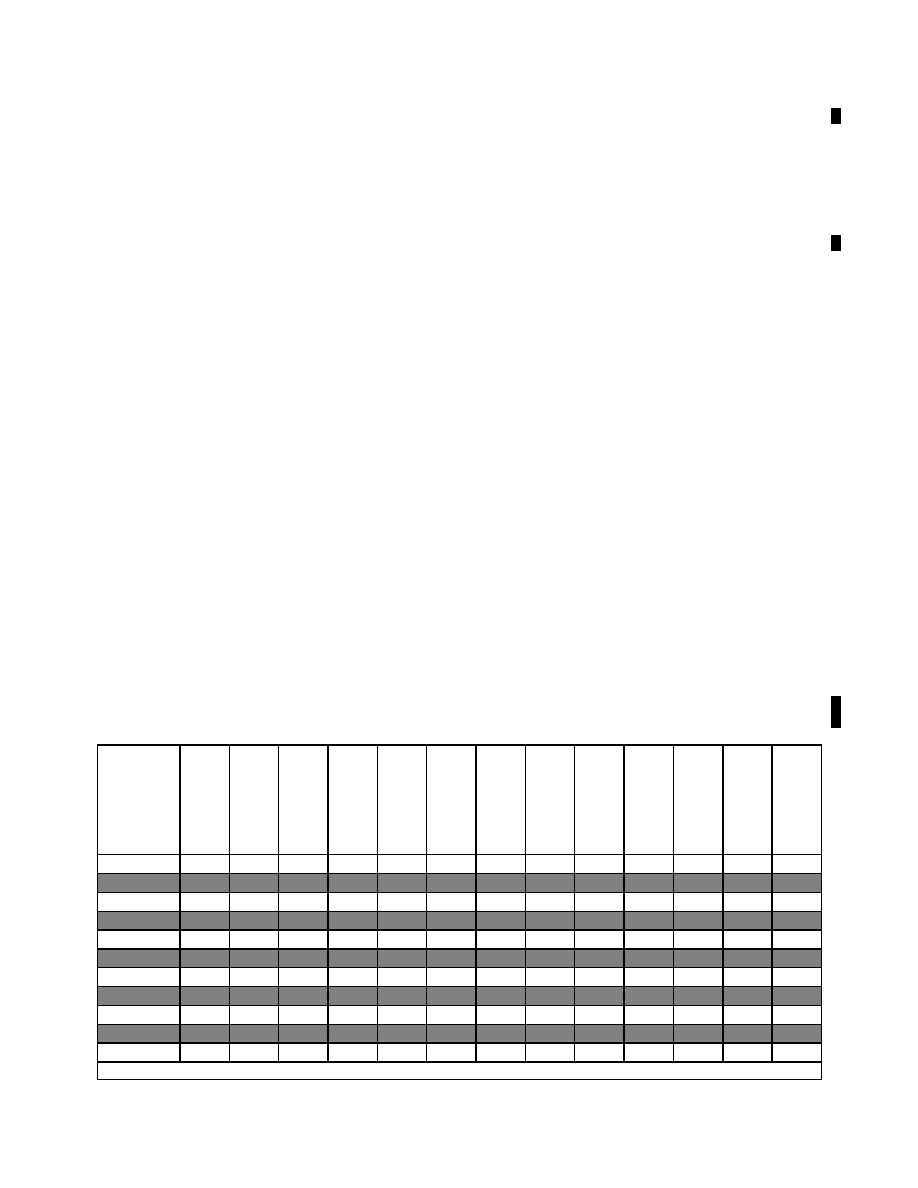
3/21/24
AIM
(c)
Clouds
(d)
Precipitation / Weather (PCPN/WX)
(e)
Thunderstorm (TS)
(f)
Winds
(g)
Turbulence
(h)
Ice
2. Observations & Warnings (Obs/Warn).
The Obs/Warn option provides an option to display weather
data for the current time and the previous 14 hours (rounded to the nearest hour). Users may advance through
time using the arrow buttons or by clicking on the desired hour. Provided below are the Obs/Warn product tabs
available on the GFA website:
(a)
METAR
(b)
Precipitation/Weather (PCPN/WX)
(c)
Ceiling & Visibility (CIG/VIS)
(d)
Pilot Weather Report (PIREP)
(e)
Radar & Satellite (RAD/SAT)
3.
The GFA will be continuously updated and available online at
http://aviationweather.gov/gfa
clicking the link above, select INFO on the top right corner of the map display. The next screen presents the option
of selecting Overview, Products, and Tutorial. Simply select the tab of interest to explore the enhanced digital
and graphical weather products designed to replace the legacy FA. Users should also refer to the
Aviation Weather
Handbook
, FAA
−
H
−
8083
−
28, Graphical Forecasts for Aviation (GFA) Tool, for more detailed information on
the GFA.
4. GFA Static Images.
Some users with limited internet connectivity may access static images via the
Aviation Weather Center (AWC) at: http://www.aviationweather.gov/gfa/plot
There are two static graphical
images available, titled
Aviation Cloud Forecast
and
Aviation Surface Forecast
. The Aviation Cloud Forecast
provides cloud coverage, bases, layers, and tops with AIRMETs for mountain obscuration and AIRMETs for
icing overlaid. The Aviation Surface Forecast provides visibility, weather phenomena, and winds (including
wind gusts) with AIRMETs for instrument flight rules conditions and AIRMETs for sustained surface winds of
30 knots or more overlaid. These images are presented on ten separate maps providing forecast views for the
entire contiguous United States (U.S.) on one and nine regional views which provide more detail for the user.
They are updated every 3 hours and provide forecast snapshots for 3, 6, 9, 12, 15, and 18 hours into the future.
(See FIG 7
3.)
NOTE
−
The contiguous United States (U.S.) refers to the 48 adjoining U.S. states on the continent of North America that are south
of Canada and north of Mexico, plus the District of Columbia. The term excludes the states of Alaska and Hawaii, and all
off
−
shore U.S. territories and possessions, such as Puerto Rico.
Meteorology
7
−
1
−
7